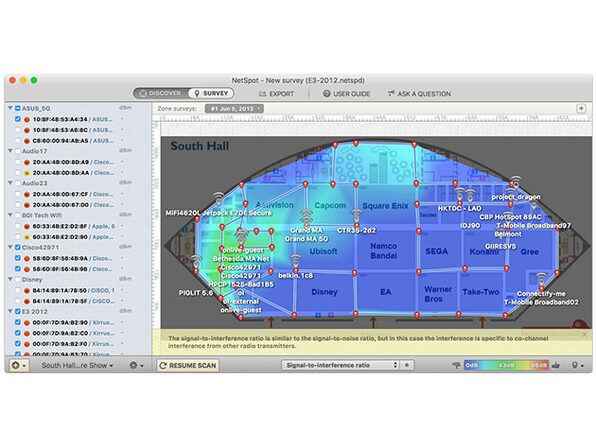

Aside from the improved resolution of positron emission tomography (PET) over planar as well as SPECT gamma camera imaging, the imaging protocol is also much more favorable as the whole-body scan is done at 60 min post injection. In June 2016, 68Ga-DOTATATE (NetSpot, Advanced Accelerator Applications ) was FDA approved, thereby providing a PET-imaging alternative to the long-used 111In-pentetreotide ( Figs. Three peptides based on this concept include DOTA-TATE, DOTA-TOC, and DOTA-NOC. The next generation of imaging agents used the positron-emitting isotope Gallium-68 ( 68Ga) bound to either octreotide or octreotate using the DOTA-linker ( 6).

Even further delayed imaging is sometimes necessary and the patient is requested to have regular bowel movements during this time (with the use of over-the-counter laxatives if needed) to increase the specificity of the scan.

The imaging protocol is somewhat cumbersome as the radiopharmaceutical injection is followed 24 and (often) 48 h afterward with whole-body planar imaging with or without SPECT/CT. In-111 allows for gamma-imaging and this has been the mainstay of nuclear imaging of NETs since the 1980s. Historically, the first approach to both nuclear imaging and therapy of NETs was with Indium-111 DTPA-octreotide (or In111-pentetreotide Octreoscan TM) ( 5).


 0 kommentar(er)
0 kommentar(er)
